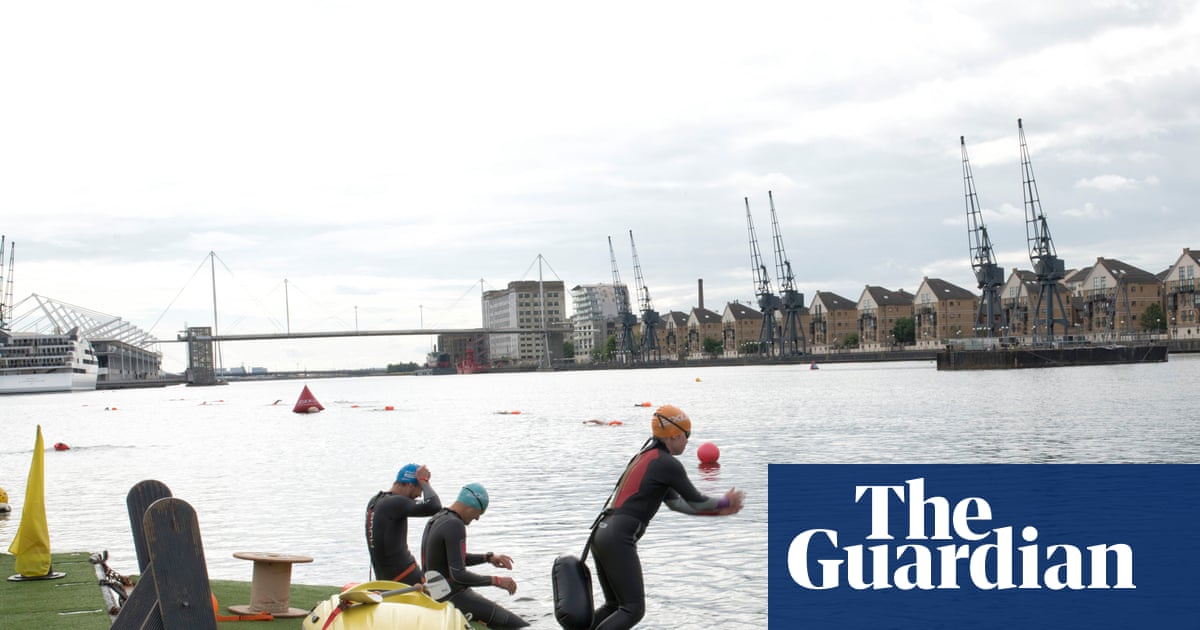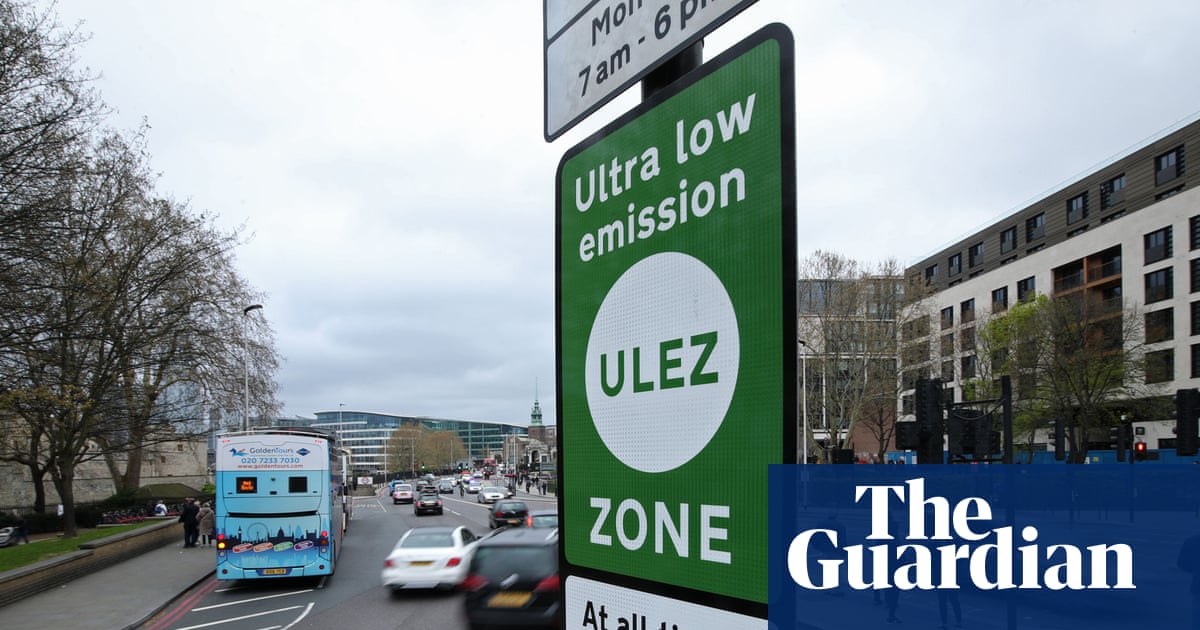This week, the UK government announced its plans to fast-track driverless vehicle trials in the UK. One of the key companies involved noted that London presents a significant challenge: “It has seven times more jaywalkers than San Francisco.” There’s more than one problem with that statement – and it encapsulates so much of what’s already going wrong in the adoption of driverless cars.
For a start, “jaywalking” isn’t even a thing in the UK. We thankfully have no such concept or offence. Unlike in many US cities, pedestrians here are free to cross the road wherever they see fit. And thank goodness for that.
The term “jaywalker” was invented in the 1920s by the US motor industry, and it reveals a lot about its attitude to pedestrians. “Jay” was a derogatory term at the time, meaning bumpkin or idiot. The term “jaywalker” was deliberately crafted to stigmatise people walking in the street and it was part of a wider campaign to shift blame for rising road deaths away from cars and drivers, and on to pedestrians themselves.
At the time, streets were shared spaces. Pedestrians, cyclists, children playing, street vendors and public transport all coexisted in the road. The car, when it arrived, disrupted that balance, often violently. Faced with growing public anger at the dangers posed by car drivers, the motor industry fought back. Through lobbying, media manipulation and pressure on lawmakers, it successfully reframed the public street as a space primarily for motor vehicles.
The campaign was so successful that jaywalking became a criminal offence in many cities. And in many, it still is today. Jaywalking laws have been shown to disproportionately affect marginalised communities. Data collected under the California Racial and Identity Profiling Act revealed that black people are stopped 4.5 times more often for jaywalking than white people.
We’re still living with the consequences of the culture created by a system designed to get pedestrians out of the way. And so, when the CEO of a tech company building self-driving cars uses the word “jaywalker” as an obstacle to be overcome, it’s worthy of attention. It suggests that pedestrians are still a problem to be controlled, predicted or designed out. That human behaviour, rather than dangerous vehicles, is a bug that we need to fix. Unlike human drivers, AVs thrive on strict rules, structured environments and predictable behaviour. The messiness of human movement is challenging and a threat to AV adoption. That’s why “jaywalkers” are flagged as an operational challenge, because autonomous systems can’t easily deal with real people doing ordinary things. The risk is that instead of adapting cars to people, we’ll yet again redesign streets to suit machines.
I’m not anti-technology. I’d welcome the chance to use an autonomous vehicle for long trips where public transport isn’t an option. I also find driving, frankly, quite boring and tiring. Done right, self-driving cars could plausibly offer a safer, lower-carbon alternative to private car ownership. But only if they are developed in a way that respects people and cities rather than trying to bend both to meet the limits of the technology.
The real danger is that we repeat history. The rollout of driverless vehicles must not be an excuse to further diminish the role of the pedestrian in urban life. The streets of the 20th century were reshaped to suit cars, often at enormous social cost. Entire communities were disrupted. Children lost the ability to roam. People stopped walking. Air pollution soared. A sense of community was lost. Road deaths, particularly among the most vulnerable, became normalised. Today, too many of our streets remain hostile, noisy and dangerous.
If we want driverless technology to succeed it must be made to serve society, not the other way round. That means recognising that unpredictability isn’t a bug in the system, but part of what makes cities human. And it means resisting any attempt to reframe basic human behaviour, like crossing the street, as a problem in need of control.
While a UK jaywalking law is hopefully far fetched, there’s nothing to prevent the gradual restriction of pedestrian movement through street design. After all, there is a lot of money to be made in prioritising the take-up of autonomous vehicles, so it will be tempting for companies to try to tackle anything that gets in their way.
According to the government, autonomous vehicles could create 38,000 jobs and contribute £42bn to the UK economy by 2035. That’s not insignificant. But if they do so by reinforcing a worldview where streets are for machines and people must behave or be punished, we’ve learned nothing.
So if the trials ever begin, we have a choice to make. We can allow history to repeat itself, and powerful interests to shape our streets in one way. Or we can take a different path – one where we very clearly remember that cities are places where walking, cycling and public transport should be prioritised. It means ensuring that safety, equity and public space are not traded in the name of innovation.
Driverless vehicles may still help us solve some real transport problems. But if they come at the cost of our freedom to walk across the street, then we’re solving the wrong ones.
-
Adam Tranter is the co-host of the Streets Ahead podcast. He was formerly West Midlands cycling and walking commissioner under mayor Andy Street

 3 months ago
187
3 months ago
187

















































